From Emmeline Pankhurst to Millicent Fawcett: 10 of London’s famous suffragettes
and live on Freeview channel 276
On March 8, people around the world will celebrate International Women’s Day, an occasion which celebrates the achievements of women throughout history.
First marked in 1911, it is an opportunity to challenge stereotypes and is a focal point in the movement for women’s rights.
Advertisement
Hide AdAdvertisement
Hide AdWhile the seeds for International Women’s Day were being sown in the early 20th century, another women’s movement had started in the UK: the suffrage movement.
Founded by Emmeline Pankhurst and her daughters Christabel, Sylvia and Adela Pankhurst, the British suffrage movement and its determined members stopped at nothing to win the right of women to vote in the UK.
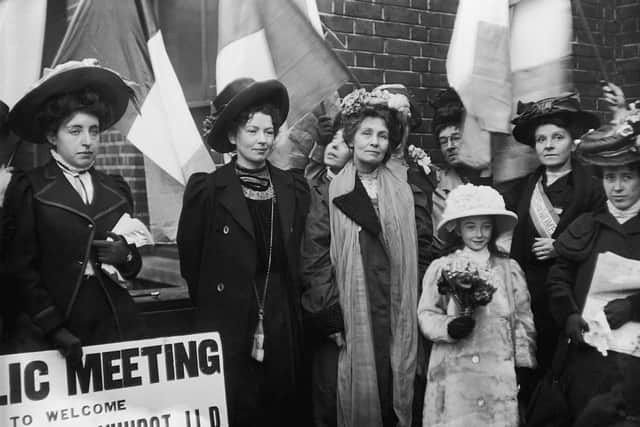

They used art, debate, propaganda, and attacks on property - including smashing windows and arson - to fight for female suffrage.
The movement was born in 1903, when Pankhurst and her daughters started the Women’s Social and Political Union (WSPU), while living in Manchester.
In 1906, the WSPU relocated its headquarters to London.
Advertisement
Hide AdAdvertisement
Hide AdThis transformed the suffrage movement, and for the next eight years, the suffragettes’ fight to win the vote became a highly public and, at times, confrontational struggle.
The suffragettes maintained a constant presence in Whitehall, petitioning Downing Street, heckling MPs and chaining themselves to government buildings.
The group also targeted major works of art and London landmarks.
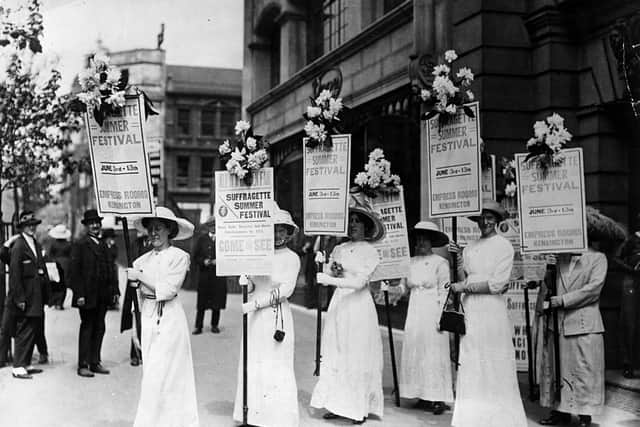

On March 4, 1914 Mary Richardson entered the National Gallery and inflicted seven “wounds” across Velázquez’s painting The Toilet Of Venus.
Advertisement
Hide AdAdvertisement
Hide AdAs the campaign became increasingly militant, more than a thousand suffragettes, including Emmeline Pankhurst and her daughters Christabel, Sylvia and Adela, received prison sentences for their actions.
The outbreak of the First World War brought an immediate suspension of militant action and public protest as the suffragettes threw themselves into supporting the war effort.
The WSPU had not succeeded in achieving the vote, but it’s campaigning style eased the way for women to take a more active and public role in society during the war.
It was this role that was acknowledged with the granting of the parliamentary vote to a limited number of women over the age of 30 in 1918.
Advertisement
Hide AdAdvertisement
Hide AdIt was not until the Equal Franchise Act of 1928 that women over 21 were able to vote and women finally achieved the same voting rights as men.
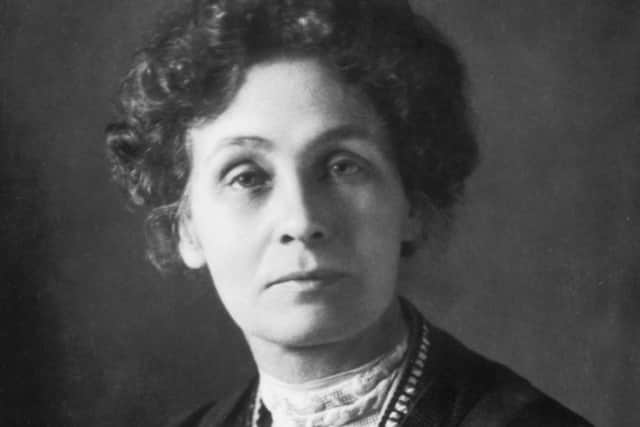

Emmeline Pankurst (July 15 1858 – June 14 1928
The leader of the suffragettes in Britain, Pankhurst is widely regarded as one of the most important figures in modern British history. She founded the WSPU, a group known for employing militant tactics in its struggle for equality.
Pankhurst was regularly arrested and imprisoned during the suffrage movement, and was joined by daughters Christabel and Sylvia in her pursuit of the female vote.
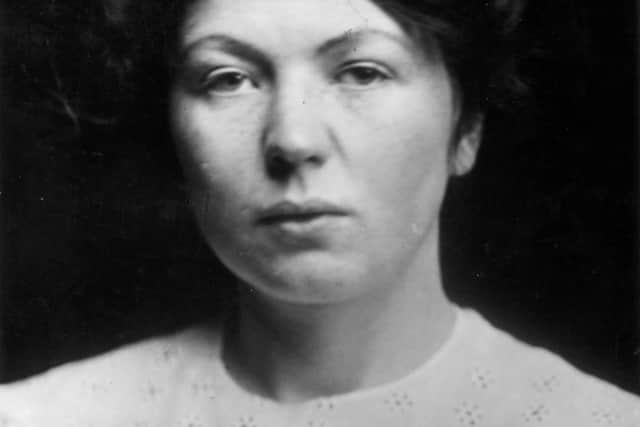

Christabel Pankhurst (September 22 1880 – February 13 1958)
Daughter Christabel was nicknamed ‘The Queen of the Mob’. She directed the WSPU’s most aggressive activities and also edited the movement’s newspaper, The Suffragette.
Advertisement
Hide AdAdvertisement
Hide AdDuring the First World War, she declared a suffrage truce and helped to lead the war effort in England. After the war Pankurst moved to California and became a religious evangelist.
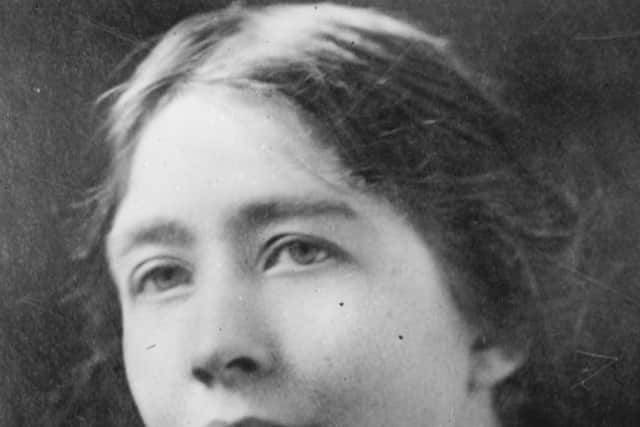

Sylvia Pankhurst (May 5 1882 – September 27 1960)
Sylvia took a different stance to those of her mother and sister.
With links to the labour and socialist movements, she focused on local campaigning and was even expelled from the WSPU by Christabel in 1913.
In the same year, she founded the East London Federation of Suffragettes, and launched a newspaper, the Dreadnought.
Advertisement
Hide AdAdvertisement
Hide AdShe later wrote The Suffragette Movement (1931), one of the first and most lucid accounts of the struggle for the vote.
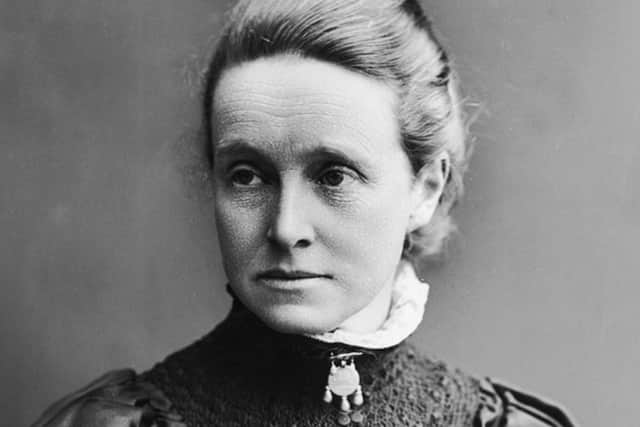

Millicent Fawcett (June 11 1847 – August 5 1929)
Millicent Fawcett, the leader of the National Union of Women’s Suffrage Societies (NUWSS) was more moderate in her approaches than the Pankhurst family.
WIth the suffragists (rather than the suffragettes) she found support among middle-class and university women as well as working-class women who preferred the NUWSS’s peaceful, legal campaigning methods.
Fawcett was instrumental in winning the women’s vote, an accolade that has made her the first woman to have a statue in London’s Parliament Square.
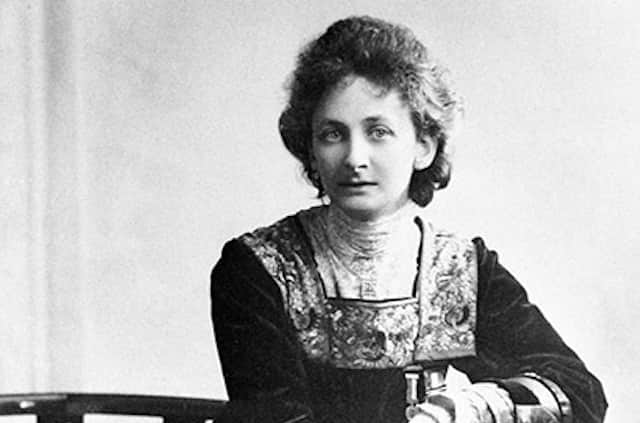

Constance Lytton (February 12 1869– May 2 1923)
Advertisement
Hide AdAdvertisement
Hide AdLady Constance Lytton, the daughter of Viceroy Robert Bulwer-Lytton became a suffragette in 1908, joining the Women’s Social and Political Union (WSPU).
She made speeches across the country and was subsequently imprisoned four times, including once in Walton Gaol in Liverpool where she was force-fed while on hunger strike.
While in prison she chose the alias and disguise of Jane Warton, an "ugly London seamstress", to avoid receiving special treatment and privileges because of her family connections.
Her heart attack, stroke and early death at the age of 54 have been attributed in part to the trauma of her hunger strike and force feeding by the prison authorities.
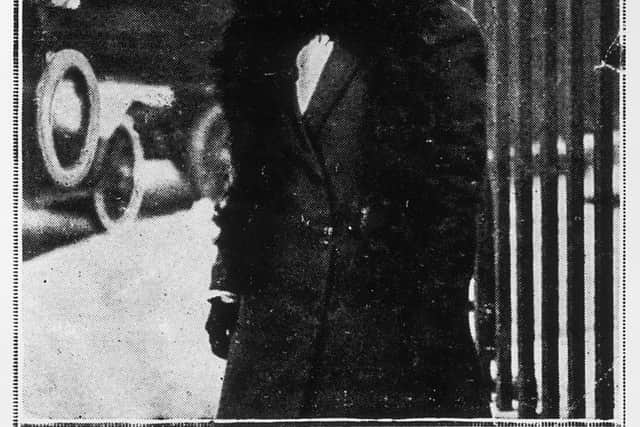

Emily Davison (October 11 1872 – June 8 1913)
Advertisement
Hide AdAdvertisement
Hide AdEmily Davison joined the WSPU in 1906 and took part in militant action. Her actions included arson, assault and obstruction and while in prison she went on hunger strike and suffered force feeding and solitary confinement
Davison is best remembered for her final protest, which caused her death.
At the Epsom Derby in June 1913, she threw herself in front of the King’s horse which knocked her down. She died of her injuries four days later without ever regaining consciousness.
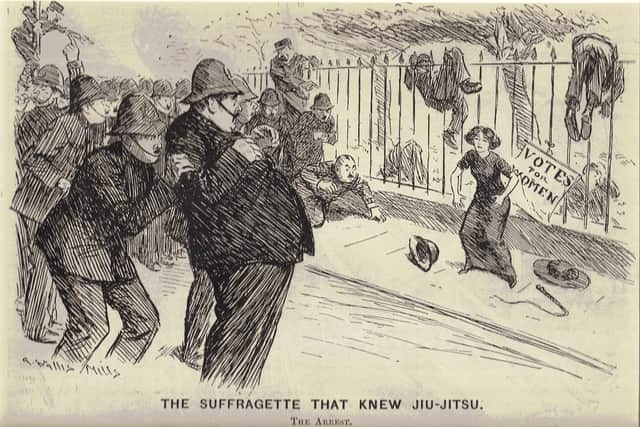

Edith Garrud (1872–1971)
The ‘Jiu-jitsu Suffragette’ Edith Garrud was one of the world’s first professional female martial arts instructors.
Advertisement
Hide AdAdvertisement
Hide AdA supporter of women’s suffrage, Garrud joined the Women’s Freedom League in 1906 where she set up a self-defence club.
Garrud is best remembered for training the bodyguard unit of the Women’s Social and Political Union in jiu jitsu self-defence techniques to protect their leaders from arrest and from violence from members of the public.
Leonora Cohen (June 15 1873 – September 4 1978)
Leonora Cohen was a British suffragette and trade unionist, and one of the first female magistrates.
She was known as the ‘Tower Suffragette’ after smashing a display case in the Tower of London and acted as a bodyguard for Emmeline Pankhurst.
Advertisement
Hide AdAdvertisement
Hide AdShe lived to the age of 105 and contributed to the second wave of feminism in the 1970s.
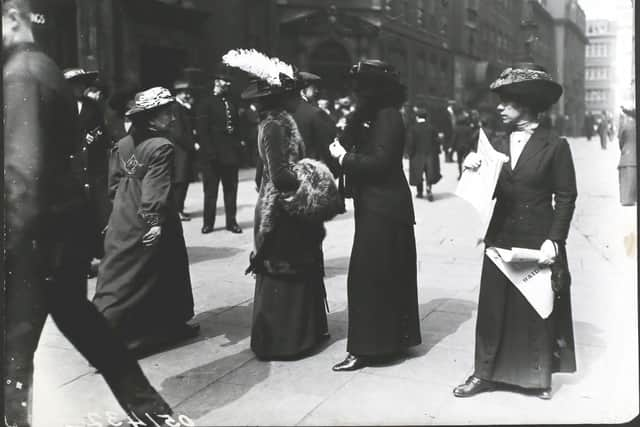

Sophia Duleep Singh (August 8 1876 – August 22 1948)
Princess Sophia Duleep Singh, daughter of Maharaja Duleep Singh, became a suffragette shortly after returning to Britain from a trip to India in 1903.
Her contribution to the campaign was wide-ranging. Duleep Singh not only sold WSPU publications outside of her home at Hampton Court Palace, but also led a 400-strong demonstration to parliament on a day that later became known as ‘Black Friday’, and participated in the Women’s Tax Resistance League, whose slogan was ‘No Vote, No Tax’.
Maud Arncliffe Sennett (February 4 1862 – September 15 1936)
Alice Maud Arncliffe Sennett, also known by the stage name ‘Mary Kingsley’, was an English actress who became interested in the women’s suffrage movement in 1906.
Advertisement
Hide AdAdvertisement
Hide AdMaud documented the suffrage campaign in a series of scrapbooks. 37 volumes of her scrapbook were donated to the British Museum (and now belong to the British Library) by her husband after she died in 1936.
